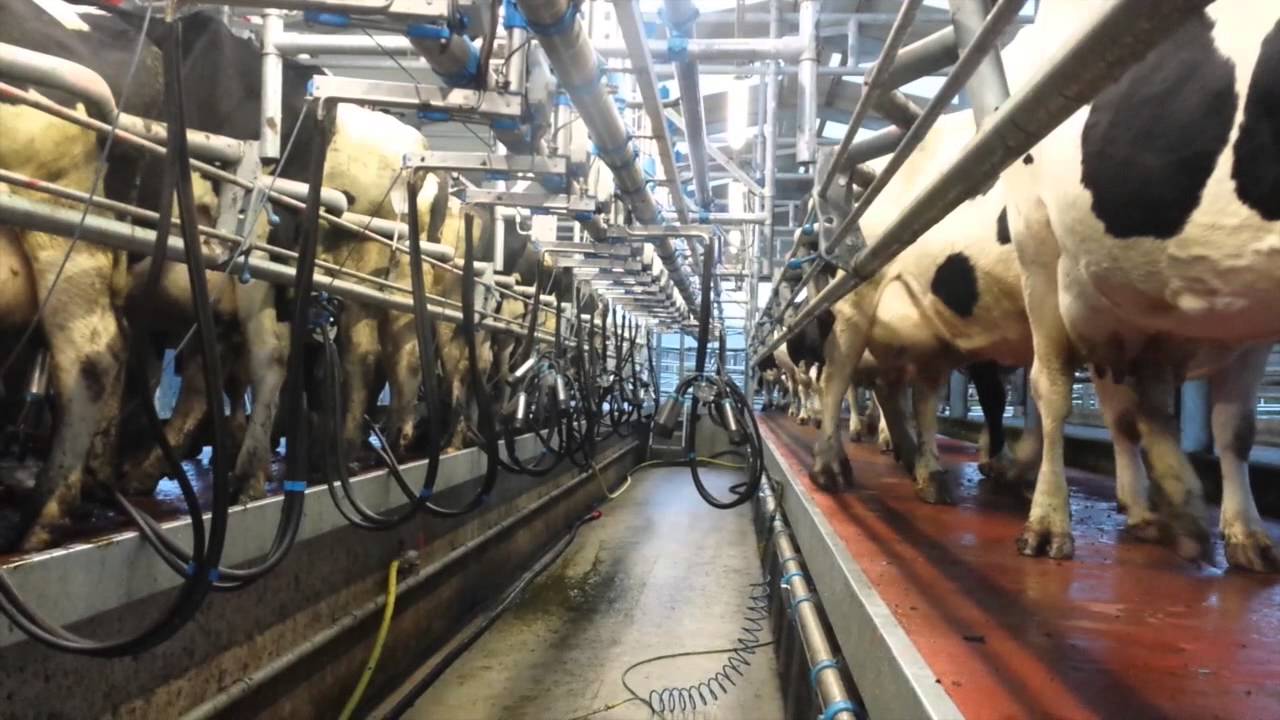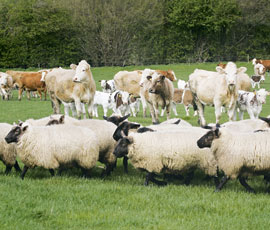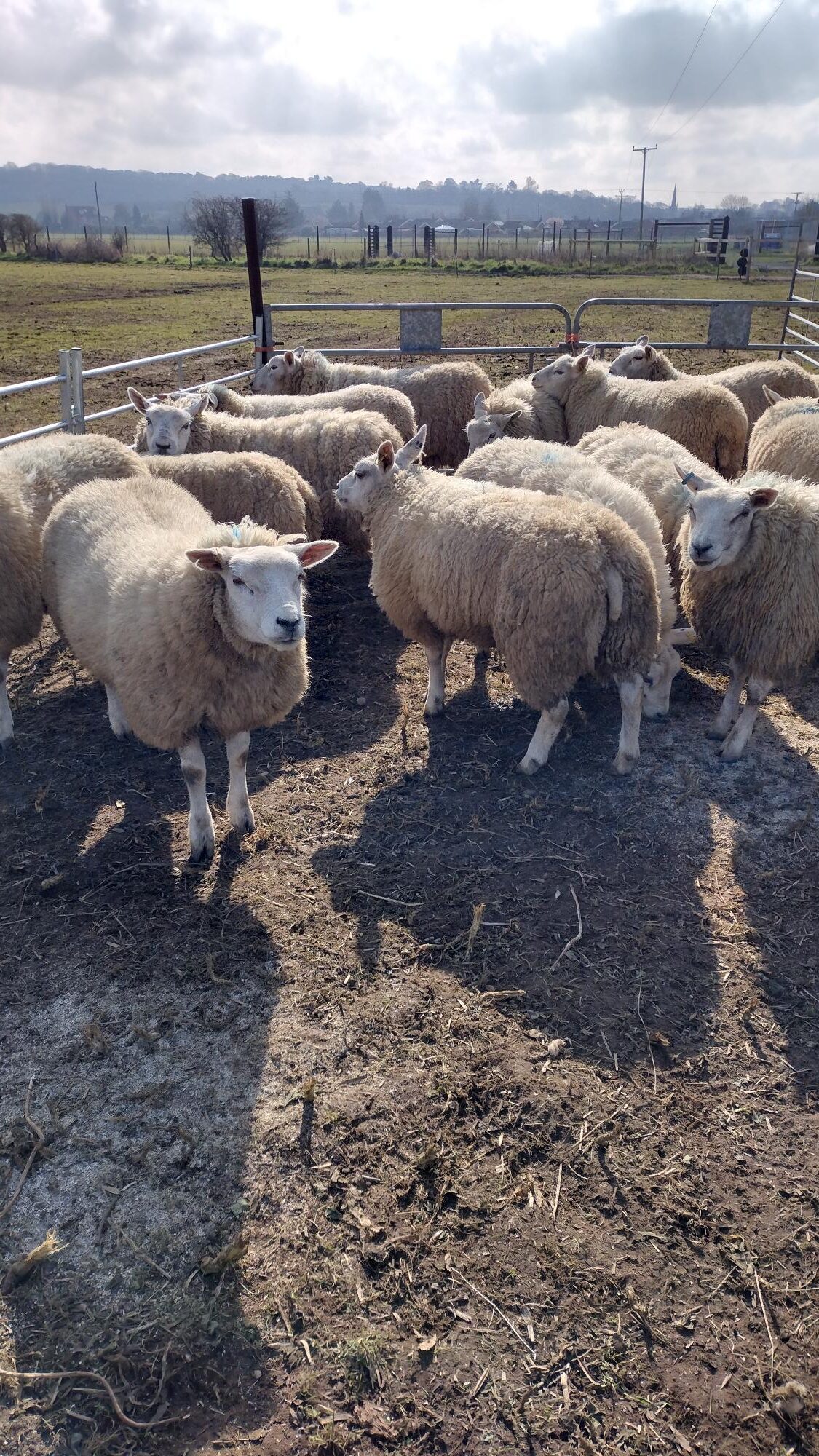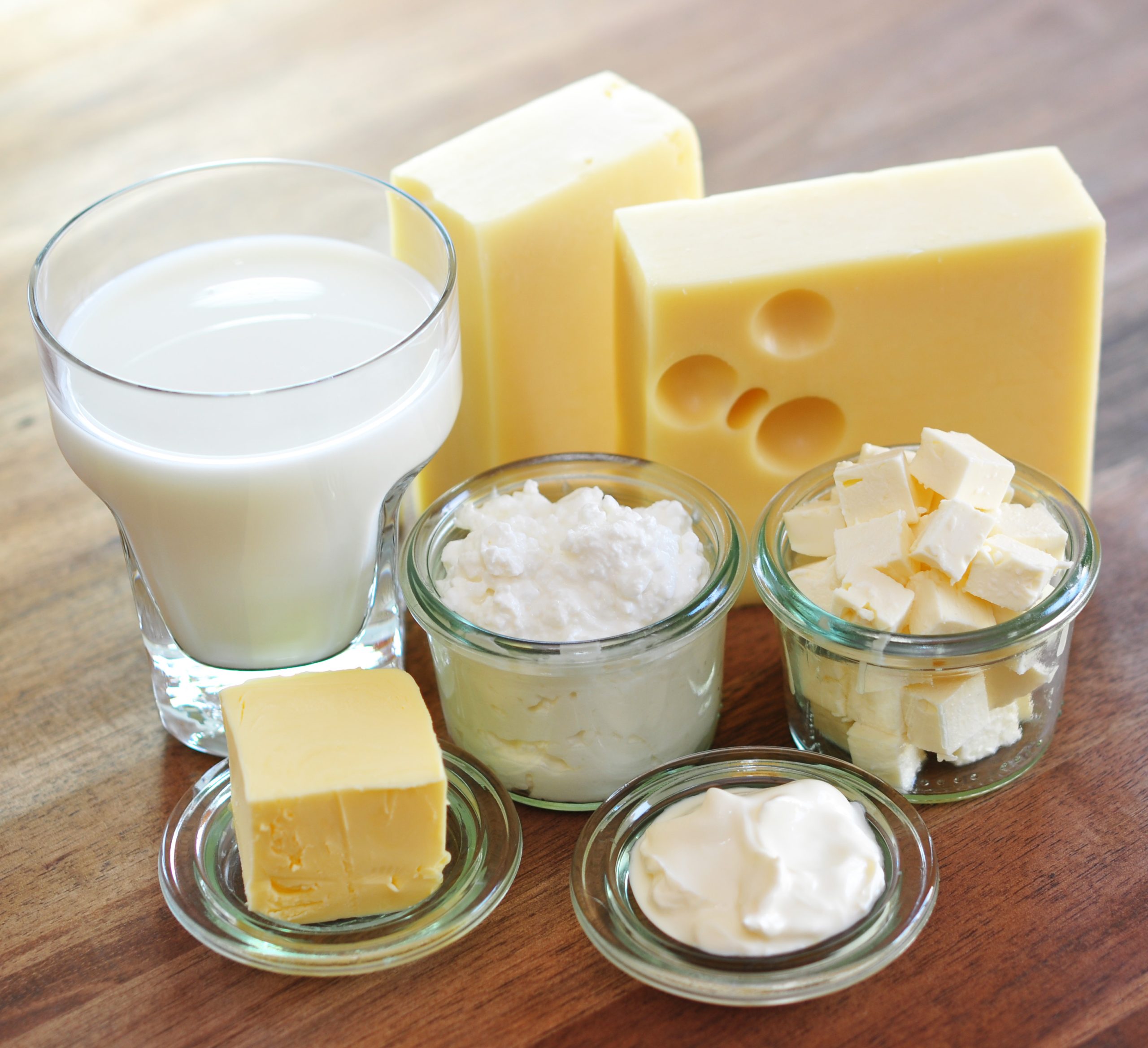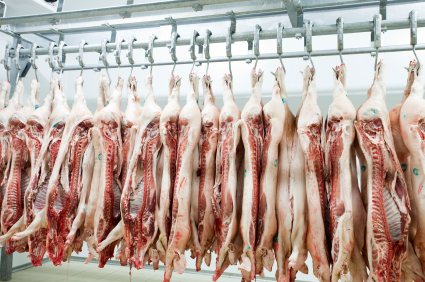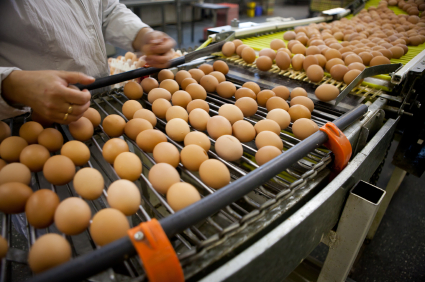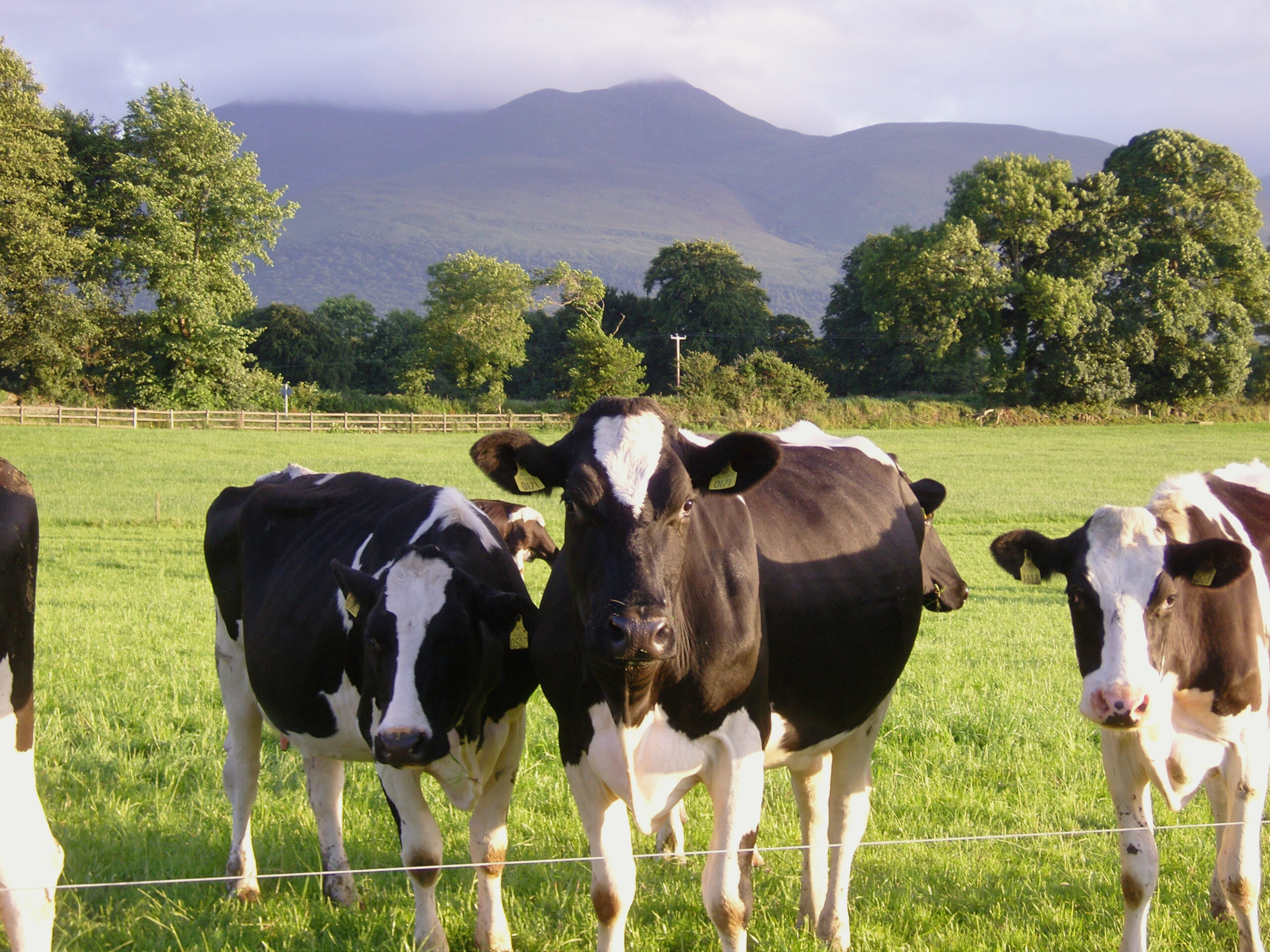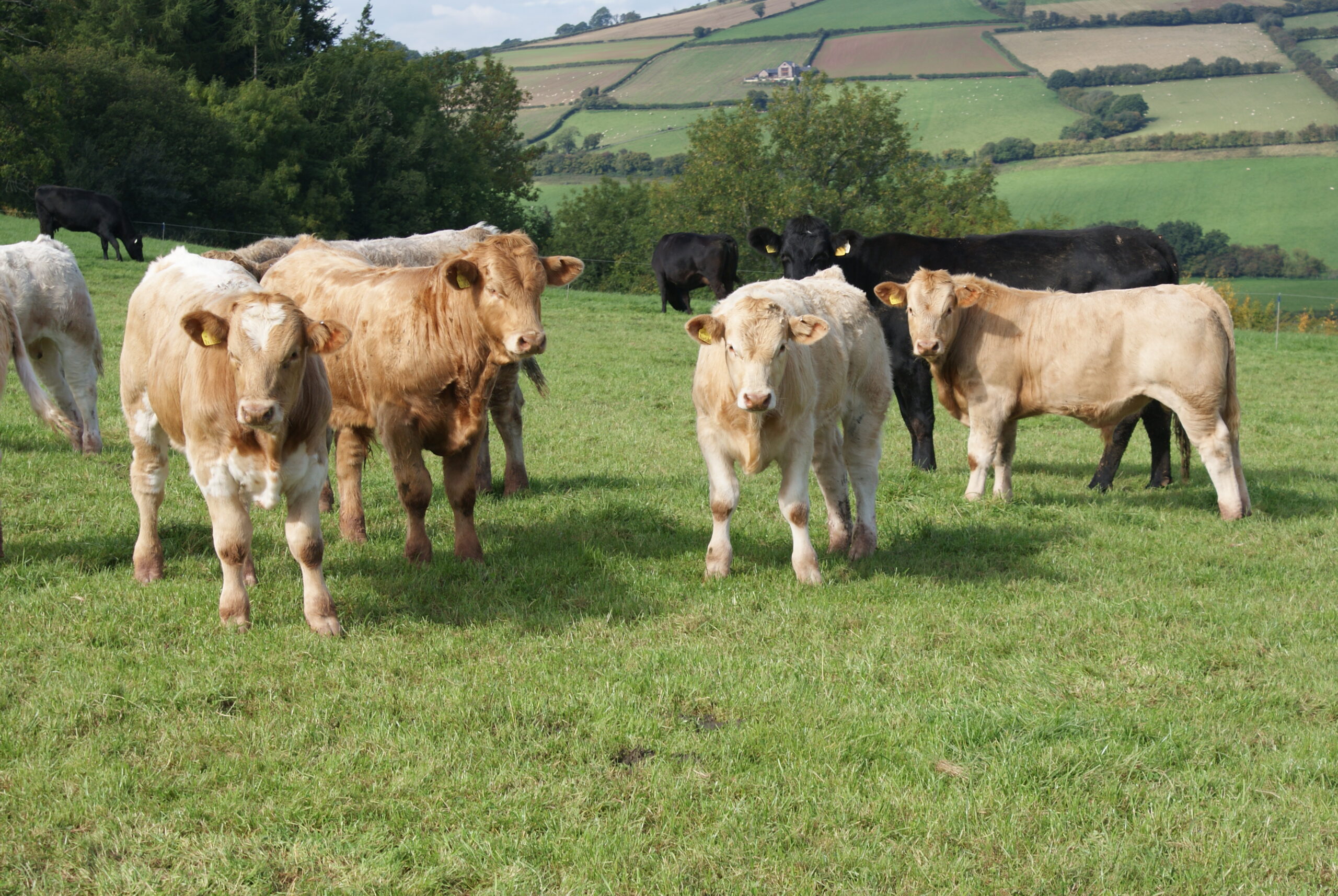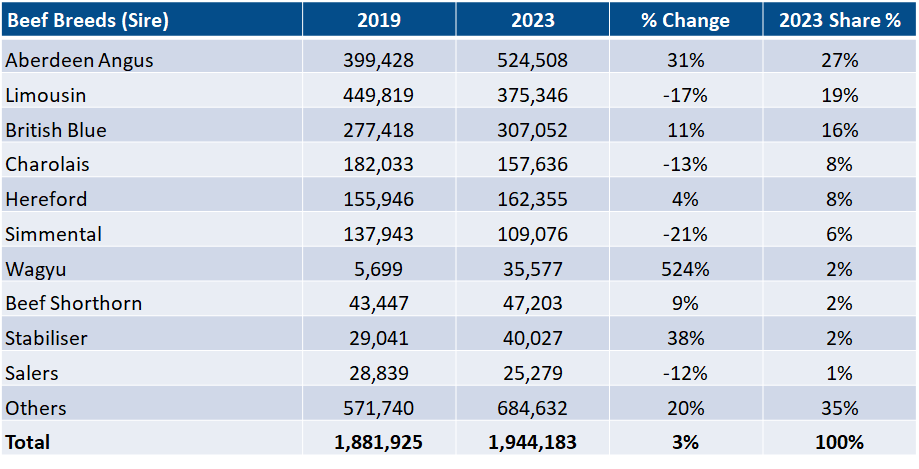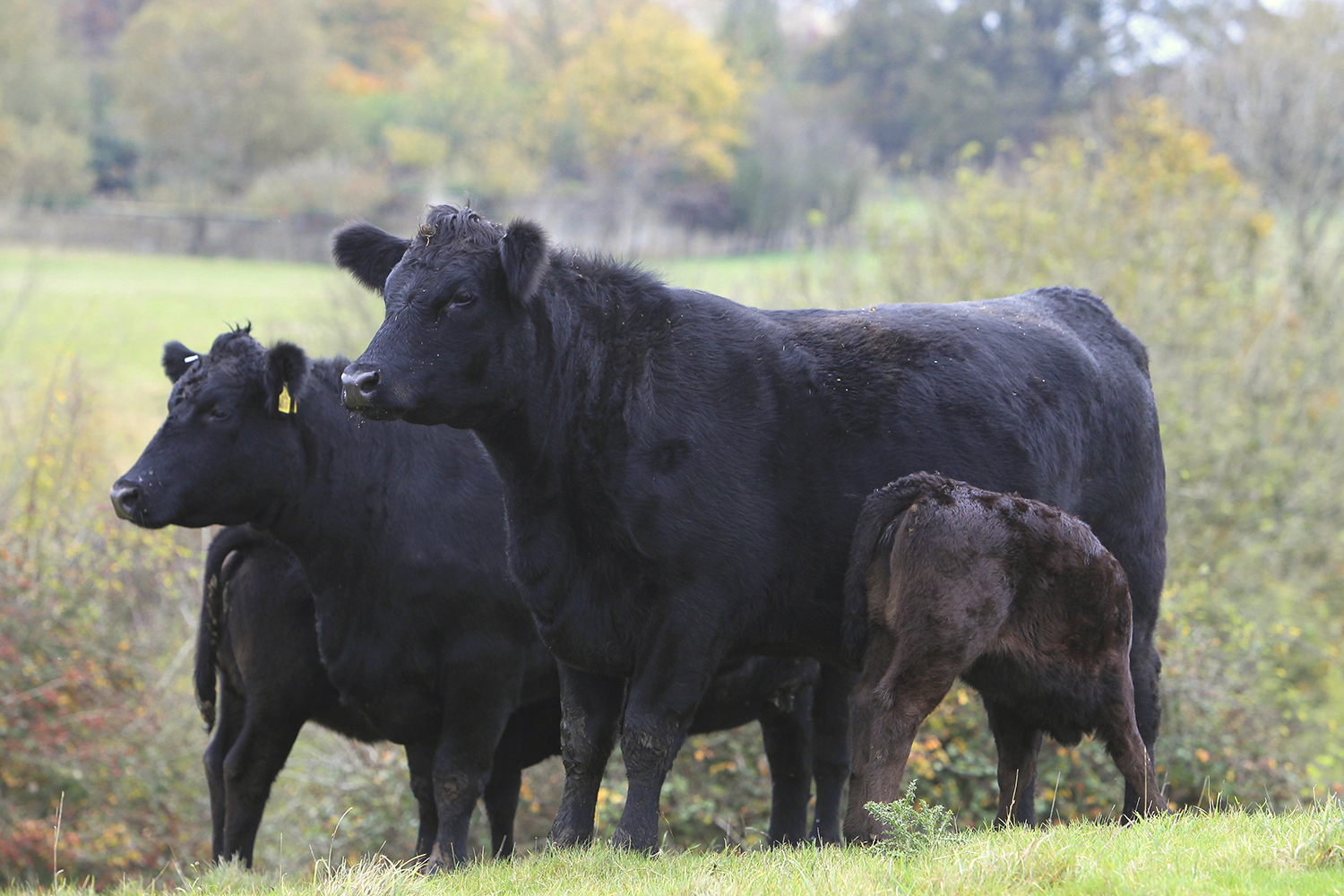The AHDB has revised it’s GB milk production for the 2024/25 season down since its previous forecast in March. The Levy body is now forecasting delivery figures to total 12.2 billion litres, 1% less than the previous milk year, in its latest forecast in June. GB deliveries in the April and May totalled 2,205 million litres, 1.5% (33m litres) less than last year. But the AHDB is expecting production to be slightly up on 2023 in July and August, when high temperatures in June impacted grass growth. But after that, production is forecast to decline unless there is a significant movement in price. According to BCMS the GB milking herd has remained stable at 1.64 million head in April. The reduction in production is therefore down to lower yields.
Defra’s latest farmgate milk price for April 2024 was 37.21p per litre; this compares with 39.45p per litre in April 2023, but recent announcements surrounding milk prices have been positive (see below) and will provide a bit of stimulus to increase production. However, for price rises to continue, the demand will need to be there. China is one of the major drivers of the global dairy market, but according to the latest report from Rabobank, China’s dairy imports in 2024 are expected to decline by 8% year-on-year.
GB production is also likely to remain constrained. Although input costs have eased over recent months they remain historically high. In addition, forage quality is likely to have been affected by the cold spring and straw costs will be higher due to the lower arable area and more spring cropping this year. All these increases in costs will make producers reluctant to push for production unless we experience a significant increase in farmgate prices.
Latest farmgate milk price announcements as from 1st July include;
- Barbers has announced a 1.03p per litre increase which takes its standard litre price to 41.28p per litre
- Producers supplying First Milk will receive a 0.8p per litre increase which will take their maufacturing standard litre to 40.3p per litre
- Wyke Farms are up by 0.7p per litre to 41.06p for their manufacturing litre and Belton Farm is increasing its standard litre by 1p to 39.3p per litre
- Meadow Foods has announced a 1.5p per litre which takes their price to 38.5p per litre.
